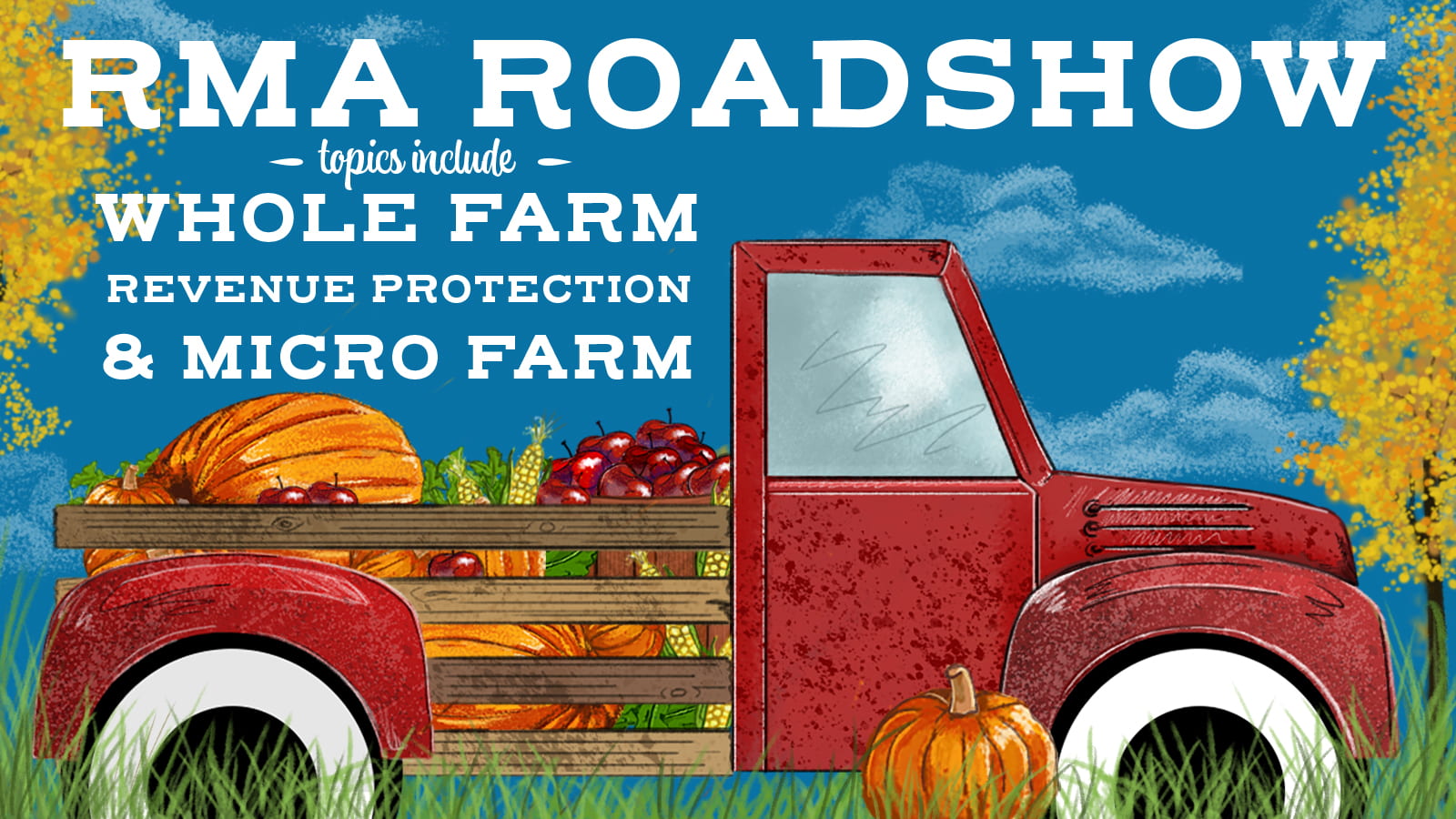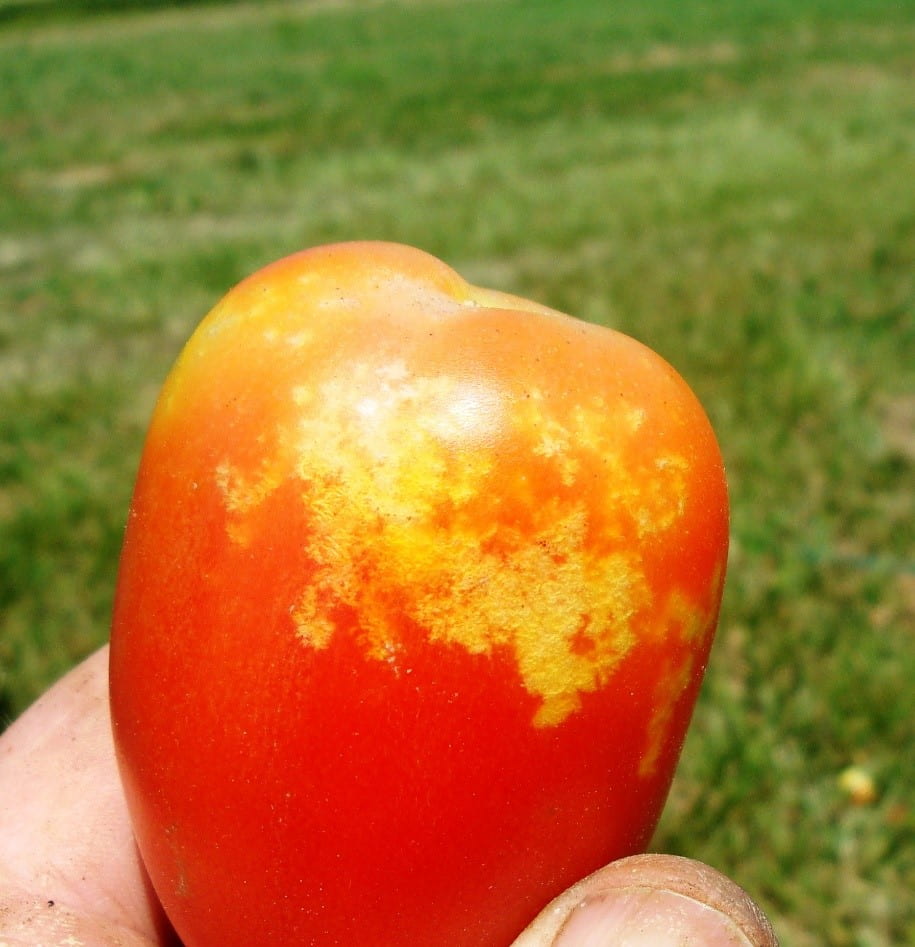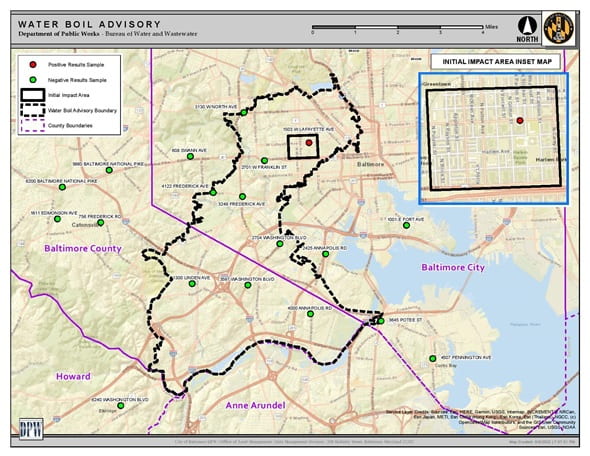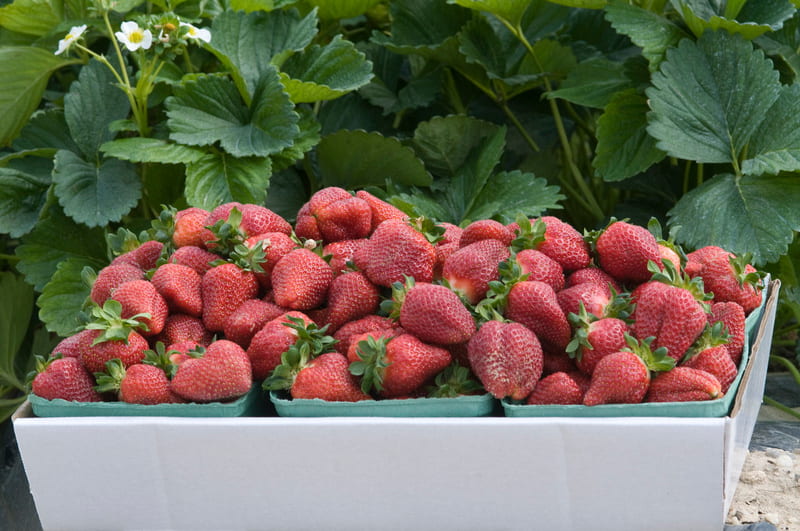RMA Offers Virtual Workshops on Improvements to the Whole-Farm Revenue Protection and Micro Farm Insurance Options

The U.S. Department of Agriculture (USDA) is offering virtual workshops on Nov. 15 and Dec. 13 for agricultural producers and stakeholders to learn about the latest updates and improvements to the Whole-Farm Revenue Protection (WFRP) and the Micro Farm insurance options. WFRP and Micro Farm are two of the most comprehensive risk management options available. USDA’s Risk Management Agency (RMA) will announce in-person events later this fall. These insurance options are especially important to specialty crop, organic, urban and direct market producers. Policy improvements and these workshops are part of RMA’s efforts to increase participation in crop insurance.
“We want to make sure farmers and ranchers know about these very important insurance options. We invite specialty crop, organic, urban and direct market producers to join the virtual ‘RMA Roadshow,” RMA Administrator Marcia Bunger said. “The RMA Roadshow will include me and leadership to highlight important improvements to Whole-Farm and Micro Farm and answer your questions.”
Improvements include:
- Doubling the maximum insurable revenue under WFRP, now up to $17 million
- More than tripling the size of farm operations eligible for Micro Farm to $350,000 in approved revenue
- Reducing paperwork requirements for WFRP.
More information can be found on the RMA Road Show website here: https://rma.usda.gov/Topics/Outreach-and-Education/RMA-Roadshow




